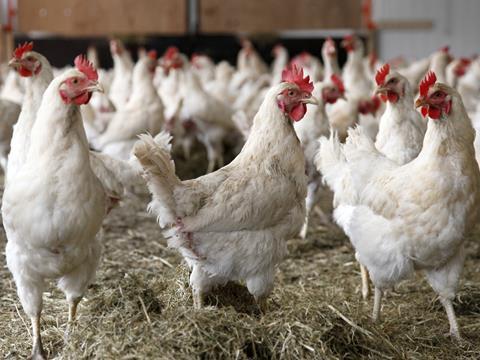
The poultry industry has hit back at fresh criticism over antibiotic use after a new study suggested as much as two-thirds of British chicken could contain drug-resistant e.coli.
The study by PHE and Defra scientists, published in the International Journal of Food Microbiology, looked at samples of raw retail beef, chicken, pork, fruit and vegetables purchased from major supermarkets, discounters, convenience stores and butchers across five UK regions in 2013-14.
It found 65.4% of chicken samples tested positive for ESBL-producing e.coli, which is resistant to cephalosporin antibiotics, compared with about 2% of beef and pork samples, and none of the vegetable samples.
The findings were branded as “shocking” by the Alliance to Save Our Antibiotics, which claimed the poultry industry was to blame for the “large increase” in ESBL resistance since 2008.
“For years the poultry industry was systematically injecting day-old chicks in breeding flocks with modern cephalosporins, despite these drugs being classified as critically important antibiotics in human medicine,” said Cóilín Nunan, scientific adviser for the Alliance to Save Our Antibiotics.
The industry had since voluntarily stopped using the drugs, he admitted, but they remained legal for use on poultry farms in the UK.
In response, the BPC defended the sector’s progress on antibiotics, and accused the Alliance of “losing sight of the big picture” in its “eagerness to criticise those taking action”.
“The continued effectiveness of antibiotics for both human and animal health is crucial for our society, and should be everyone’s objective,” said BPC CEO Richard Griffiths.
“That is why the poultry meat sector banned the use of third and fourth-generation cephalosporins as far back as 2012, uses fluoroquinolones only as a last resort for bird health, and has cut total antibiotic use by 43% in just four years.”
A lot of work had been done to reduce antibiotic use on farms since the samples for the report were taken, he added.
“So while it provides a good comparison we must reflect on it considering current practices. We must be led by the science, and not cherry-pick that which is convenient at the time.”
The study itself acknowledged that while the data indicated raw chicken was “the most significant known food source of ESBL-producing e.coli to which the UK population is regularly exposed”, it did not “translate into a major public health problem in the UK” because the ESBLs found did not include CTX-M-15, which is the predominant ESBL in e.coli that causes disease in humans.
“The report in question really only draws a single conclusion, that the isolates found in chicken are different from the e.coli that ‘dominates in human clinical isolates in the UK’,” said Griffiths.
“This highlights how many questions still need to be answered in our understanding of the relationship between resistance in livestock and resistance in humans.”







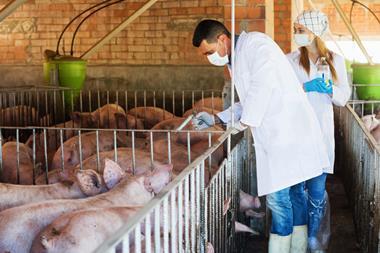
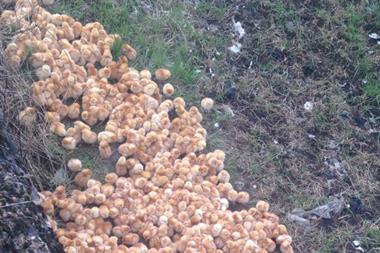
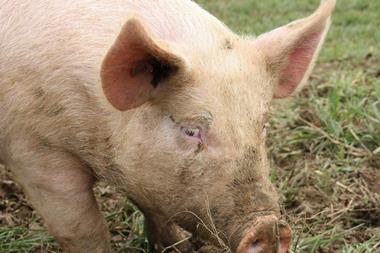
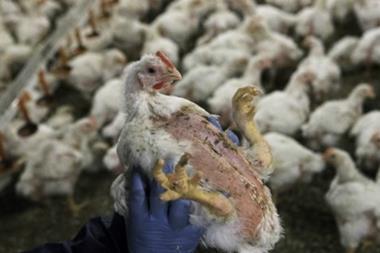

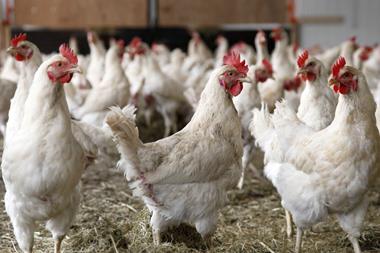






No comments yet